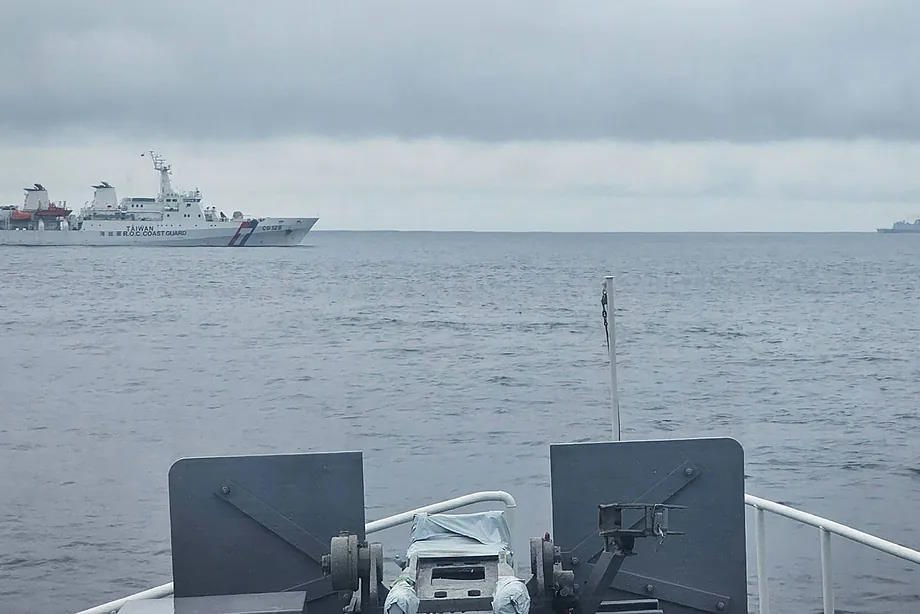While world leaders parade in New York for the United Nations General Assembly and conflict escalates in the Middle East with the latest Israeli army attacks in Lebanon, China seems to want its weekly share of the spotlight by flexing its nuclear muscle and increasing military pressure on Taiwan.
If on Wednesday the news was that Beijing, for the first time in four decades, had launched a powerful intercontinental ballistic missile (ICBM) into the Pacific Ocean capable of reaching the US coast loaded with a nuclear warhead, on Thursday it was revealed that the Chinese military had paraded 72 aircraft and eight warships around Taiwan in the last 24 hours.
The Taiwanese government has denounced that 34 of the Chinese fighter jets crossed the median line of the strait - the unofficial maritime border between both territories - and entered the island's Air Defense Identification Zone (ADIZ) that China considers a separatist province. This represents the largest incursion in the last two months.
Taiwan's Ministry of Defense has warned of a "renewed increase in Chinese military activity" around the island and of exercises involving live fire, accusing the world's second-largest power of causing "political instability that poses a serious challenge to its neighbors."
It is not new for Beijing to send its aircraft and ships to conduct maneuvers near Taiwan. Simulated invasions have increased since the provocative visit to Taipei in August 2022 by the then Speaker of the US House of Representatives, Nancy Pelosi. However, the Chinese People's Liberation Army (PLA) is now promoting these drills more prominently.
Last week, Chinese state television aired a documentary showing what an amphibious assault on Taiwan would look like, with footage of ground forces and the navy rehearsing a landing on the Taiwanese coast. The program began with a statement from a PLA soldier expressing his desire for a "unified country" and ended with more images of Chinese surveillance drones flying over the island.
Earlier this summer, the Chinese military conducted its third largest war maneuvers around Taiwan in the last two years, with aircraft carrying real missiles simulating attacks on military targets, while the ships practiced a naval blockade. The exercises for the first time included a show of force over peripheral islands controlled by Taipei such as Matsu and Kinmen, closer to mainland China, where there have been several incidents this year between the Chinese and Taiwanese coast guards.
"The future of Taiwan depends on reunification and can only be determined by over 1.4 billion Chinese, including 23 million Taiwanese compatriots," said Zhu Fenglian, spokesperson for the Taiwan Affairs Office of the State Council of China, addressing directly Taiwanese President Lai Ching-te and his party, the Democratic Progressive Party (DPP), accusing them of seeking "Taiwan independence" with the support of foreign forces.
"They are putting the people of Taiwan at risk of potential conflict. Their actions deviate greatly from historical trends and are destined to fail," the spokesperson stated.
This week, the Chinese military has once again increased pressure on Taipei with numerous incursions around the island. But beyond China's normalized threats, what has surprised international analysts is that a ship from the Japan Maritime Self-Defense Force has sailed through the Taiwan Strait for the first time.
It was the Japanese media that reported on Thursday that the destroyer Sazanami, flying the flag of "freedom of navigation," made the passage through the narrow waterway accompanied by other warships from Australia and New Zealand. Thus, Japan becomes the latest US ally to send at least one of its ships through the disputed strait, where ships from the UK, Canada, France, or Germany have also passed, always provoking Beijing's anger.
